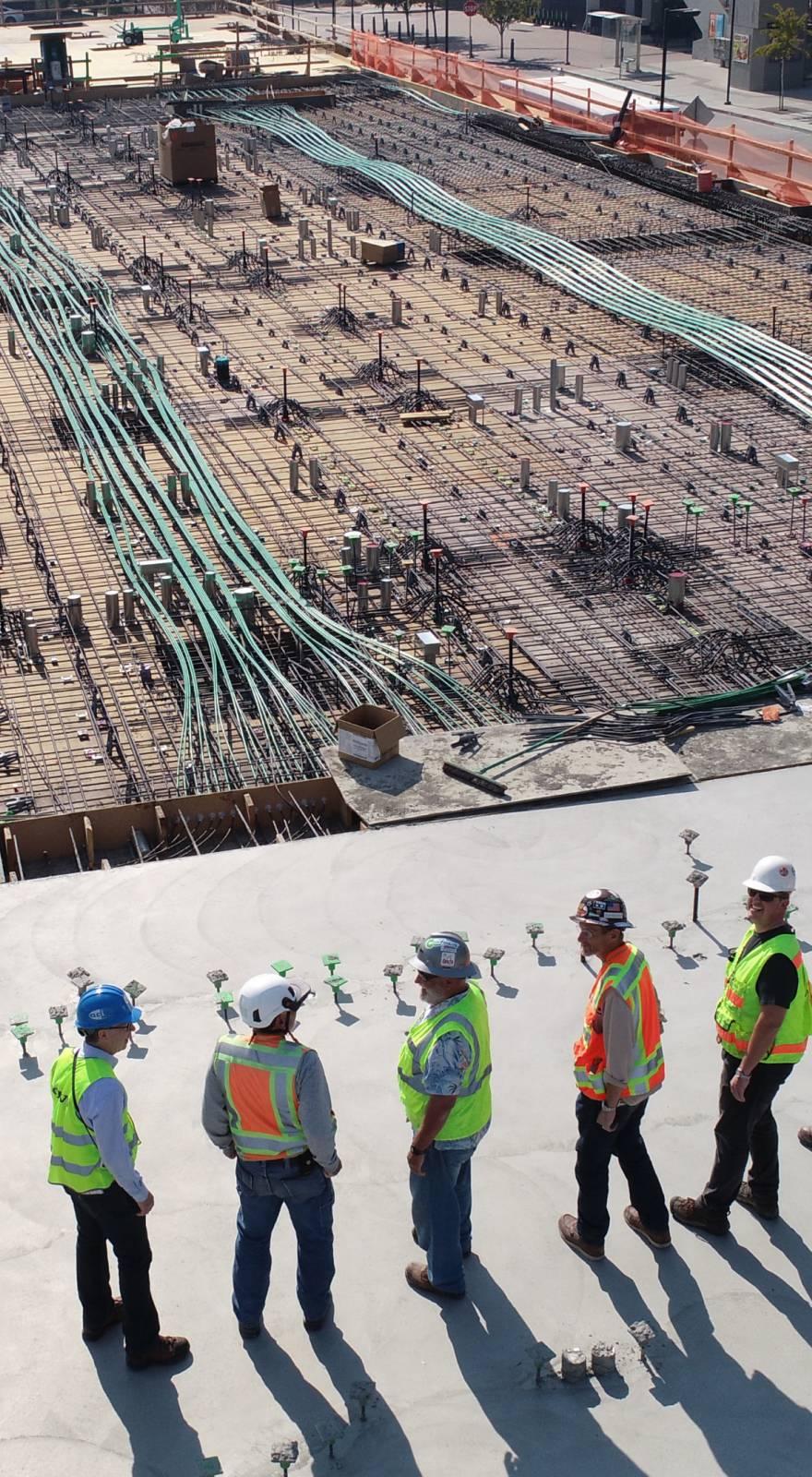Knowde Enhanced TDS
Identification & Functionality
- Chemical Family
- Product Type
- Technologies
- Product Families
Features & Benefits
- Labeling Claims
- Ready-to-Use Product Features
- Product Features
Water-Based Technology:
- Clean air requirements and the demand for low-odor, non-flammable products have made Tread-Shield Primer WB a standout among floor coatings.
- Tread-Shield Primer WB has been developed with up-to-date water-based technology.
- These advances impart excellent adhesion qualities and finish characteristics combined with environmentally safe properties.
VOC Compliant:
- Tread-Shield Primer WB has a VOC content of 1 lb./gal., making it VOC compliant.
- Many commonly used solvent-based primers will not meet VOC requirements in regulated areas.
Topcoat Options:
- Tread-Shield Primer WB can be used as a safe primer for urethanes, various epoxy finish coats and novolac formulations.
Applications & Uses
- Markets
- Compatible Substrates & Surfaces
- Application
- Most commonly, this product is coupled with 100% solids epoxy finish coats so the entire application is low odor and non-flammable.
- In situations where acid conditioning or preparation chemicals are used, this product can be applied to the concrete even before the conditioning products have dried.
- Because urethanes are often applied over acid-conditioned floors, Tread-Shield Primer WB is recommended because it accepts surface moisture and can speed up the completion of the installation.
- Tread-Shield Primer WB can also be used as its own primer and finish coat where the traffic and chemical exposure is minimal.
- Surface Preparation
- Surface preparation will vary according to the type of complete system to be applied.
- For a one- or two-coat thin build system (2 - 3 dry mils) either mechanically scarify or acid etching until a suitable profile is achieved.
- For a complete system built higher than 10 mils dry, use a fine brush blast (shot blast) to remove all dirt, foreign contaminants and oil.
- Concrete surface must be dry, test the surface by placing a 4’x4’ (1.22 m x 1.22 m) plastic sheet on the substrate and taping down the edges.
- If the surface under plastic is dry after 24 hours, then the substrate is dry enough to coat.
- The plastic sheet test can also determine if any hydrostatic pressure problems exist that may later cause disbonding.
- Product Mixing
- This product comes prepackaged by weight.
- Kits should be mixed in their entirety.
- After the two parts are combined, mix with slow-speed mixing equipment (such as a jiffy mixer) until the material is thoroughly mixed and streak-free.
- This product is an emulsion and must be mixed well before using.
- Re-coat or Topcoating
- If you opt to re-coat this product, be sure all solvents and water have evaporated from the coating during the curing process.
- Test the area by touch to make sure that no fingerprint impressions are left.
- Colder temperatures will require more cure time for the product.
- Before re-coating or top-coating, check for epoxy blushes (whitish, greasy film or deglossing).
- If a blush is present, it must be removed prior to re-coating.
- Product Application
- The mixed material can be applied by brush, roller or spray.
- Maintain temperatures between 55 - 90 °F (13 - 32 °C) and relative humidity below 75% during the application and curing process.
- When the material reaches the end of its pot life, it becomes hard and will tend to roll back onto the roller.
- Do not continue the application when the coating has reached this point.
- Floor Cleaning
- Some cleaners may affect the color of the floor installed.
- Test each cleaner in a small area, utilizing your cleaning technique before cleaning the entire surface.
Note:
- Hydrostatic pressure from excessive moisture retained in the concrete due to the absence of a moisture barrier or slow cure of new concrete, is not the same as surface water from preparation steps.
- This product is not to be used on new concrete or where hydrostatic pressure is evident.
Properties
- Technical Data
- Working Time at 70°F
- A 1-gallon mixed unit left undisturbed will harden in 1 - 1.5 hours.
- Time varies depending on air temperature and humidity.
| Value | Units | Test Method / Conditions | |
| Weight Per Gallon (Pigmented, Per Liter) | 9 - 12 | lbs./ gal. | - |
| Film Thickness (Wet) | 5 - 7 | mils | - |
| Film Thickness (Dry) | 2 - 3 | mils | - |
| Set Time* (Tack Free, 70°F) | 5 - 8 | hours | - |
| Set Time* (Recoat/Topcoat, 70°F) | 7 - 10 | hours | - |
| Set Time* (Light Foot Traffic, 70°F) | 16 - 24 | hours | - |
| Set Time* (Full Cure, 70°F) | 2 - 7 | days | - |
| Coverage (2gallon) | 500.0 | sq.ft. | - |
| Coverage (5gallon) | 1250.0 | sq.ft. | - |
| Clean Up | Use Xylol | - | - |
Safety & Health
- Precautions
- Use with adequate ventilation.
- Avoid contact with eyes, skin and clothing, wear gloves or protective creams - if skin contact occurs, wash at the first opportunity with soap and water.
- Eye exposure or inhalation can result in serious medical problems - in the event of eye contact, immediately flush eyes with water and contact a physician.
- Keep out of the reach of children.
- For industrial use only.
Packaging & Availability
- Packaging (Kit)
- 2 gallon (7.5 l)
- 5 gallon (19 l)
Storage & Handling
- Shelf Life
- 1 year (Unopened)
- Product Storage
- Bring the product to normal room temperature before using.
- Continuous storage should be between 60 - 90 °F (16 - 32 °C).

